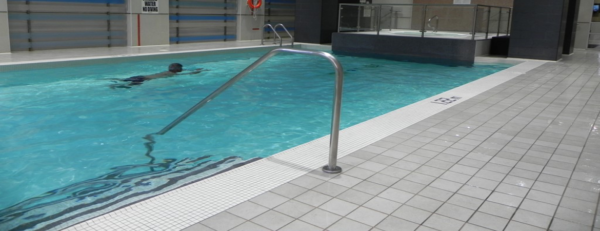Parking garage concrete deterioration is caused by many factors and can require costly remediation if left untreated. Parked cars leave behind salt and water that pool together, eventually causing dips or cracks in the concrete. Emissions left trapped in the garage can also settle into the concrete slab, interfering with the chemical makeup of the aggregates, causing cracks and allowing water to seep in between and creating more damage. Water seepage also corrodes rebar, eventually compromising the structural integrity of the parking deck, due to the expansive nature of rust.
Older concrete parking garages are particularly vulnerable to deterioration and if left untreated can change from a small repair to a total parking deck re-build.
CDC uses industry-leading repair and resurfacing methods, restoring and protecting against future deterioration.
Parking Garage Resurfacing Process CDC Surface Treatment Areas
- Plan and implement traffic diversion; closing off areas and setting up stop lights.
- Surface preparation – Grind the area where necessary.
- Fill and patch cracks in surface and areas around drains.
- Apply 4 layers of engineer approved specialty coatings from primer to topcoat, to provide the best protection against future wear:
- P-801-VOC Single component concrete and Interlaminary Urethane Coating Primer / Solvent/ Bisphenol Mixture / Primer.
- P-802- FC Fast Cure, Low VOC Coating Base Coat.
- 804 FC Fast Cure, Low VOC Coating Intermediate Coat and Non-UV Top Coat / Polyisocyanate Mixture.
- 806 – FC Fast Cure, Low VOC Coating UV Top Coat.
- Work is performed under advisement and supervision of engineer and manufacturer representative to check the work and proper procedures.























